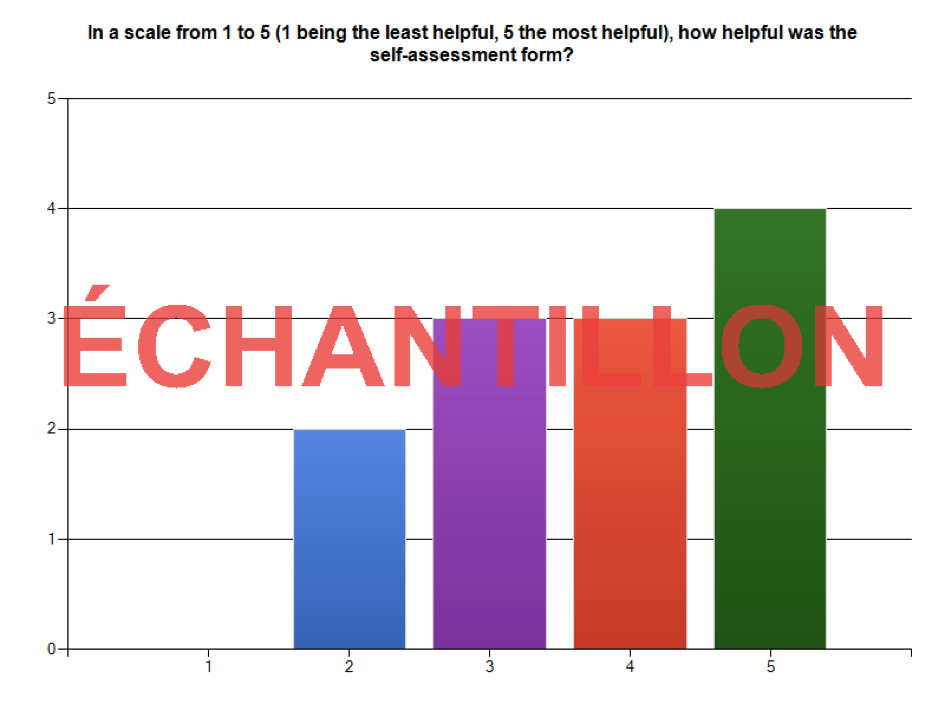Karine Provot, Lecturing Fellow, French Program, Romance Studies
Karine Provot was one of fourteen faculty and one graduate student who participated in a Spring 2010 CIT Fellowship for language faculty interested in exploring with colleagues the most effective and most efficient ways to increase students’ oral production in the target language, in order to increase students’ language learning.
Karine Provot wanted to improve the outcomes of an audio journal project for her French 63 students, particularly by better establishing the connections between what students learned and talked about in class and this ongoing out-of-class assignment.
Her first step was to review the self-evaluation forms students used to assess their audio journal. In the past, students used the form to assign themselves a grade, but did not use it to guide their assignment at the start or reflect on their progress at the end. Additionally, the form included teaching and assessment jargon that was not pertinent or understandable to all students. Most students glanced at the form, gave themselves an A, and went on to the next assignment.
Provot created new self-evaluation rubrics that better communicated to students in a lexicon they understood and focused on all aspects of their performance (communicative goals, lexicon and grammar to be used, and oral performance/intonation/pronunciation/overall performance). Students no longer assigned a grade to their work, but were instead asked to think about what they did before, during and after recording their oral assignments.
Prior to the first assignment, Provot read through the self-evaluation form with the students and focused on how to complete the assignment effectively. This helped explain the assignment, connect it to their work in class, and focus on production and performance rather than just accomplishing an assignment with a grade attached. With a better self-evaluation form and a more detailed introduction of the form, students better understood how to re-use the material they learned in class, stay on topic in their journals, and reflect on their success in completing the assignment.
To assess how the form was used, students completed a brief survey about their experience with the self-evaluation form. Most students used the form and found it helped them focus better on the assignment goals. This survey also provided data to continue to improve the self-evaluation form.

Provot hoped that her self-evaluation and discussion with the students would make them “think about their oral production and performance rather than just accomplishing an assignment with a grade attached.” In the future she would like to develop additional self-evaluation forms, and have students participate in making the evaluation forms.

